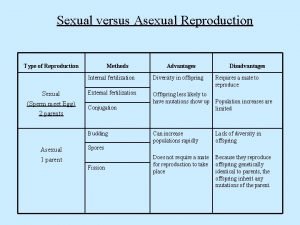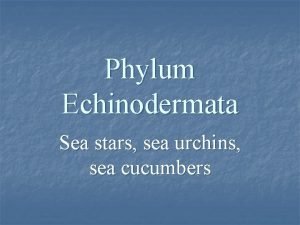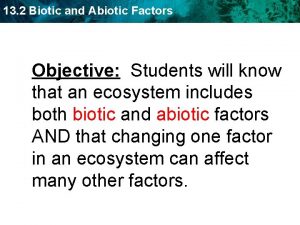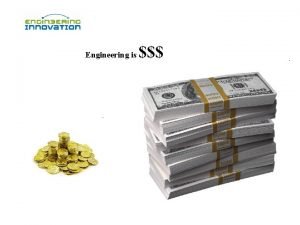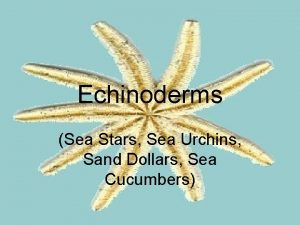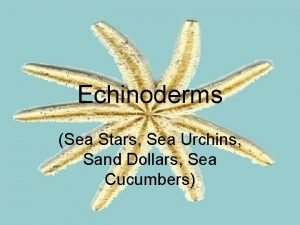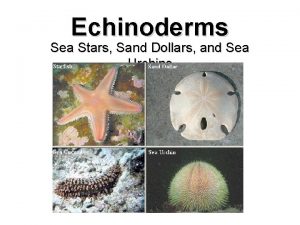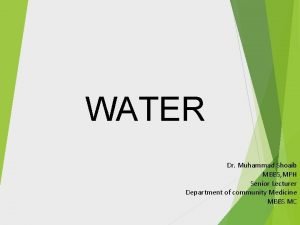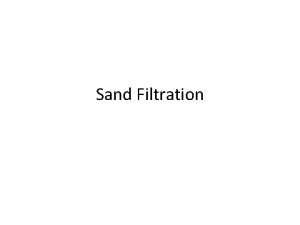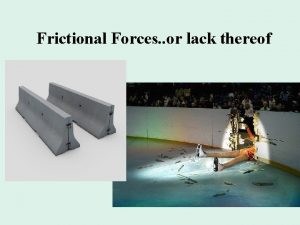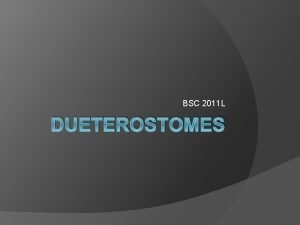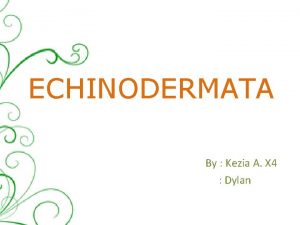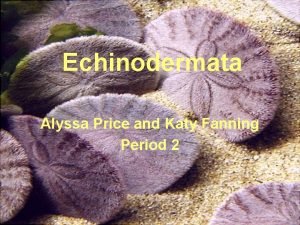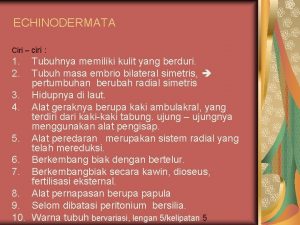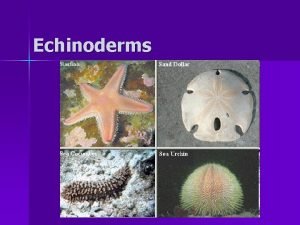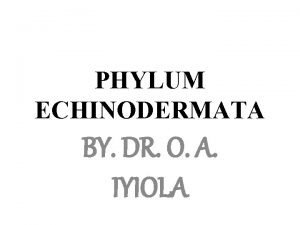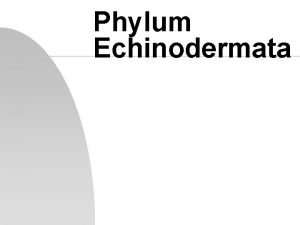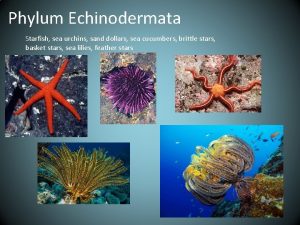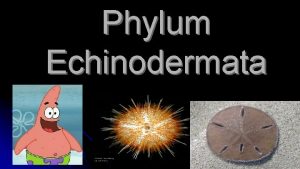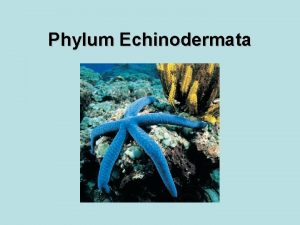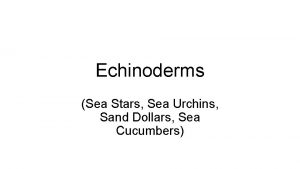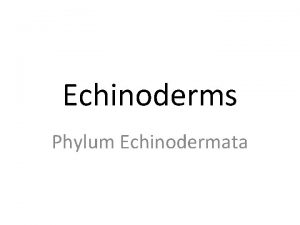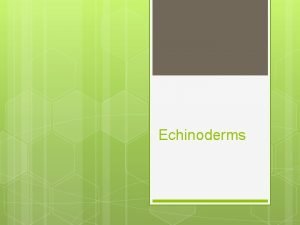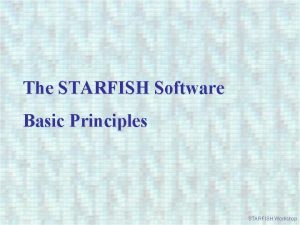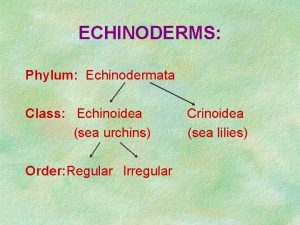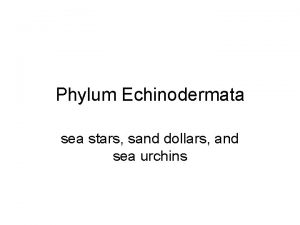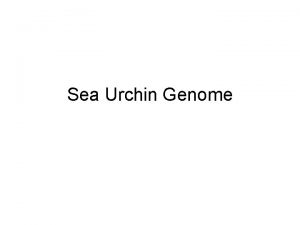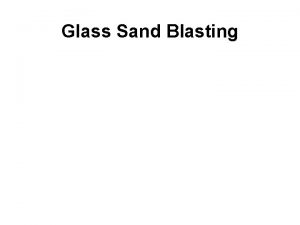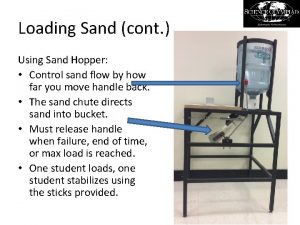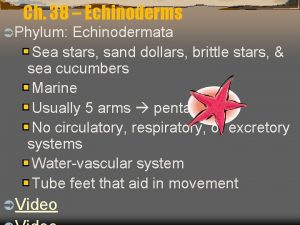THE ECHINODERMATA starfish sea urchins sand dollar etc


















- Slides: 18

THE ECHINODERMATA starfish, sea urchins, sand dollar etc…. .

Phylum Echinodermata • • consists of several types of complex pentameral symmetry developed water vascular system. Echinoderms are also characterized by their mesodermal skeleton. • Echinoderms occur in a variety of morphologies including free-living forms such as starfish and sand dollars as well stalked forms such as sea lilies which are attached to the sea floor.

Water vascular system Madreporite Stone canal Ring canal Radial canal Ampullae Podia

Class Crinoidea • These are the sea-lilies or feather stars, • The arms are muco-ciliary and are branched from the five basic arms. • Crinoids do not have a madreporite, • Just over 600 species survive today, • They are generally from 15 - 30 cm long, • They are plankton feeders and are usually found below 100 m




Class Asteroidea • Flattened body • The skeleton is a loosely organised series of small calcareous plates • some Asteroidea are hermaphrodite • capable of releasing as many as 2. 5 million eggs in 2 hours. • Can grow up to 52 cm in diameter, but more usually 10 - 30 cm • Lifespan is thought to be about 7 or 8 years

• The Asteroids, or starfish, have thick, hollow arms with prominent ambulacral grooves extending to the tips of the arms on the ventral side. • In life, the grooves were lined with the tube feet. • The mouth is located on the ventral (under) side, and the anus, when present, is located on the ventral side next to the madreporite.


CLASS OPHIUROIDEA – The Ophiuroids, or brittle stars, are characterized by whip-like arms made of articulated plates. – The plates resemble tiny vertebrae. – Ophiuroids have a mouth centrally located on the ventral surface but lack an anus.


CLASS ECHINOIDEA • Echinoids, including sea urchins and sand dollars, generally have skeletons which are sub-spherical, or disk -shaped. • Like the crinoid calyx, they are composed of a mosaic of plates; unlike the crinoids, they are covered by spines. • These are tiny bristles in some, but can be quite large in others. • The spines generally detach from the main skeleton after death, because they are held to it only by nonmineralized ligaments. • There are no arms, and the ambulacral areas (where the perforated plates are found) stretch from pole to pole. • Echinoids can be divided into two groups regular and irregular


Class holuthoroidea • 1100 living species • have an elongated bilaterally symmetrical soft body, and can grow to 50 cm long • They are found mostly in or on the sea bed. • When disturbed or feeling threatened sea cucumbers shoot the tube of their respiratory system out of their anus


• Approx. 3 mm in diameter • Disclike body • Margin has a series of spine • Ventral area has podia in ring arrangement • WVS has two rings

Other Classes • • • Class Heterostelea Class Cystoidea Class Blastoidea Class edrioasteroidea Class Ophiocystoidea
 Parasitism phylum
Parasitism phylum Aristotle's lantern
Aristotle's lantern Bill nye abiotic and biotic
Bill nye abiotic and biotic A dollar today is worth more than a dollar tomorrow
A dollar today is worth more than a dollar tomorrow Sand dollar phylum
Sand dollar phylum Sand dollar
Sand dollar Sand dollar mouth
Sand dollar mouth Spines in echinoderms
Spines in echinoderms Cheap casting sand
Cheap casting sand Difference between rapid sand filter and slow sand filter
Difference between rapid sand filter and slow sand filter Perbedaan rapid sand filter dan slow sand filter
Perbedaan rapid sand filter dan slow sand filter Definition of frictional force
Definition of frictional force Echinodermata
Echinodermata Gelembung polian
Gelembung polian Germ layers of echinodermata
Germ layers of echinodermata Ciri ciri echinodermata
Ciri ciri echinodermata Phylum echinodermata facts
Phylum echinodermata facts Class crinoidea characteristics
Class crinoidea characteristics Brittle stars phylum
Brittle stars phylum
